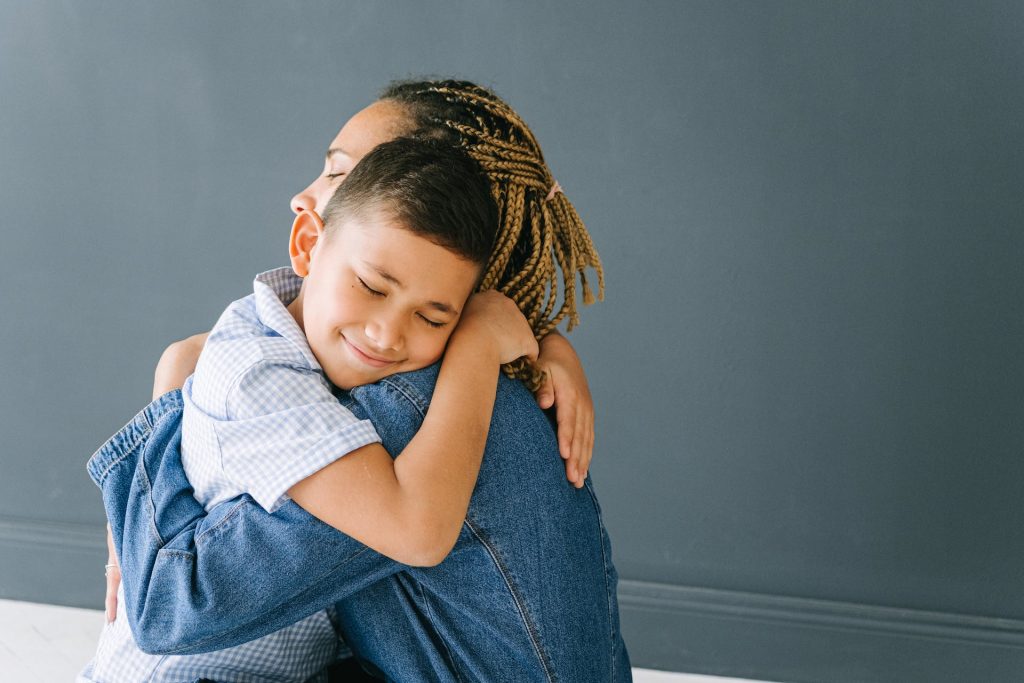
08 Feb HOW TO PREPARE CHILDREN FOR ESCAPING A DANGEROUS SITUATION
HOW TO PREPARE CHILDREN FOR ESCAPING A DANGEROUS SITUATION
If this is compromised or threatened, or you fear it becoming so, then it’s crucial to plan and action a safe escape.

Maintain Open Communication
It’s important to try and create an environment where your children feel safe expressing their thoughts and concerns. Leaving the family home will undoubtedly be confusing and worrying for them so seek to explain, in age-appropriate language, that their safety is your top priority and that this is being done to ensure their safety.
Establish a Safe Word
Choose a simple, easy-to-remember code word that signals danger. Teach your children the importance of using this safe word when they feel unsafe or threatened. This code word can serve as a discreet way to communicate without alerting the dangerous partner.
Pack a ‘Go Bag’
Prepare a bag with essential items for each child, including a change of clothes, personal hygiene items, comfort items (such as a favourite toy or blanket), important documents (birth certificates, identification), and any necessary medications. Keep the go bag in a discreet but easily accessible location.
Practice Emergency Drills:
Hold regular, discreet drills with your children to ensure they understand the escape plan. This includes practicing the safe word, gathering the go bag, and exiting the house quickly and quietly. Reassure them that these drills are just like fire drills and are meant to keep them safe.
Identify Safe Meeting Spots
Establish predetermined meeting places where you and your children can go in case of an emergency. These places should be safe and familiar, such as a neighbour’s house, a public space, or a community centre. Make sure your children know the route to these locations.
Create a Support System
Reach out to friends, family, or neighbours who can provide assistance during an emergency, and who can be trusted to keep everything you tell them confidential. Share your situation with them and establish a support network that your children can turn to for help if needed.
Having to escape a dangerous partner is a deeply stressful and unsettling situation for adults, let alone children. However, by following these clear and simple steps, you can prepare your children as best you can for a safe escape and pave the way for a brighter, more secure future.
Always remember, you are not alone, and help is available to guide you through this challenging journey.



